Home>Ideas and Tips>Caring For Centipede Grass In Southern Climates
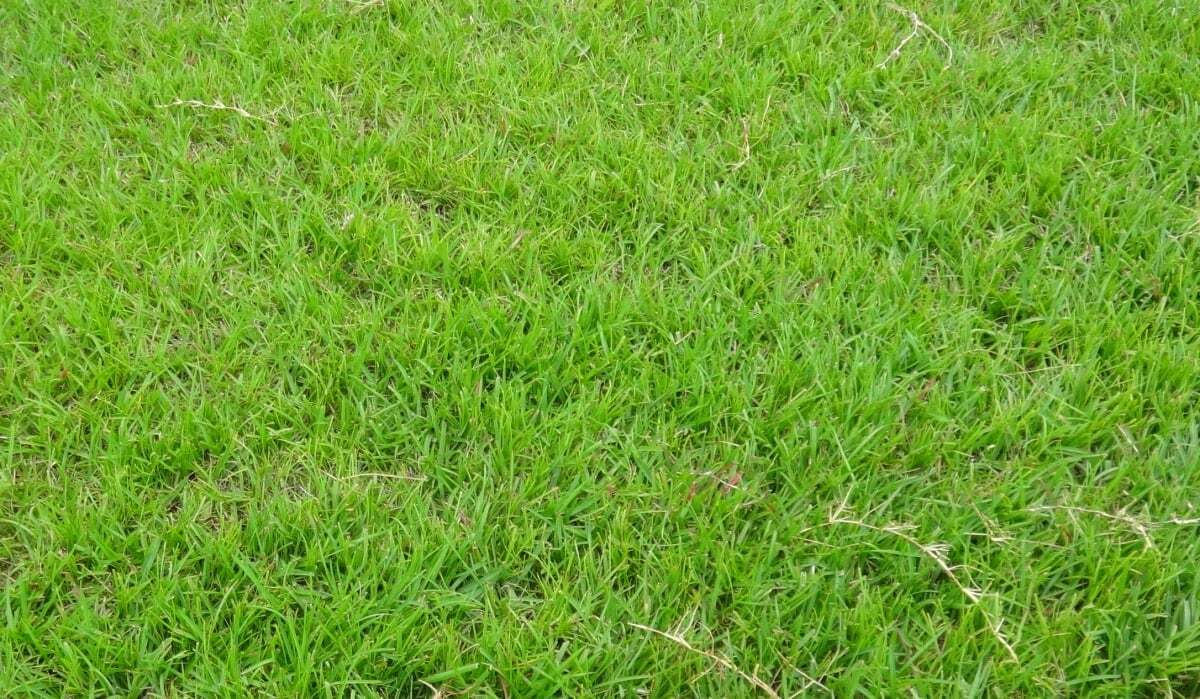

Ideas and Tips
Caring For Centipede Grass In Southern Climates
Modified: November 1, 2024
Learn how to care for centipede grass in Southern climates with tips on fertilization, mowing, watering, and more for a lush, healthy lawn.
(Many of the links in this article redirect to a specific reviewed product. Your purchase of these products through affiliate links helps to generate commission for Storables.com, at no extra cost. Learn more)
Centipede grass, scientifically known as Eremochloa ophiuroides, is a popular choice for lawns in the Southern United States due to its low maintenance requirements and excellent heat tolerance. However, it also comes with its own set of challenges, particularly in terms of fertilization, mowing, and water management. This article will provide a comprehensive guide on how to care for centipede grass in Southern climates, ensuring your lawn remains healthy and thriving throughout the year.
Understanding Centipede Grass
Centipede grass is a warm-season grass that thrives in the acidic soils commonly found in the Southeast. It has a medium-textured leaf blade and grows close to the ground, spreading through aboveground stems called stolons that root at the nodes. This grass is well-loved for its low maintenance needs and ability to withstand the scorching heat of Southern summers. But, it’s not all sunshine and rainbows; centipede grass has its quirks and needs some TLC to stay lush and green.
Read more: What Is Centipede Grass
Advantages of Centipede Grass
- Low Maintenance: One of the primary advantages of centipede grass is its low maintenance requirements. It doesn’t need frequent mowing or watering, making it an ideal choice for busy homeowners.
- Heat Tolerance: Centipede grass is highly tolerant of heat, which makes it perfect for lawns in Southern climates where temperatures often soar during the summer months.
- Drought Tolerance: While centipede grass doesn’t have deep roots, it can survive drought conditions by going dormant and turning brown. This dormancy phase allows the grass to recover quickly once normal rainfall returns.
Disadvantages of Centipede Grass
- Cold Sensitivity: Centipede grass is highly sensitive to cold temperatures and doesn’t have a true period of winter dormancy like other warm-season grasses. This lack of dormancy makes it vulnerable to winter cold, which can cause damage or even kill the grass if temperatures drop too low.
- Thatch Build-Up: Centipede grass is prone to thatch build-up, especially when high nitrogen fertilization rates are applied. Thatch can negate its resistance to disease and insects, making regular raking and mowing practices crucial.
- Susceptibility to Pests: Centipede grass is susceptible to plant-parasitic nematodes and scale insects like ground pearls, which can cause significant damage if left unchecked.
Fertilization
Fertilization is a critical aspect of centipede grass care, but it must be done carefully to avoid over-fertilization. Centipede grass doesn’t respond well to high doses of fertilizer, particularly nitrogen. Over-fertilization can lead to centipede decline, a disease complex that produces patches of dead turf in the spring.
Recommended Fertilization Practices
- Soil Test: Before fertilizing, perform a soil test to determine the correct amount of fertilizer needed. Centipede grass grows well with 1 pound of nitrogen per 1000 square feet or less per year.
- Timing: The best time to apply fertilizer is a few weeks after green-up and before temperatures reach 85°F. In Southern climates, this typically occurs in mid-May, but it’s essential to let your lawn be your guide.
- Type of Fertilizer: Use a phosphorus-free fertilizer such as 15-0-15, with only about 2 pounds of nitrogen per 1000 square feet. Avoid “weed and feed” products as they can cause centipede discoloration and decline.
- Split Applications: If using readily-soluble fertilizers, split the application into two parts: one in April and another in June. An additional application in August can encourage more growth if needed.
Read more: What Grass Is Best For Southern California
Mowing
Mowing is another critical aspect of centipede grass care. Proper mowing practices help maintain the health and appearance of your lawn.
Recommended Mowing Practices
- Height: Mow centipede grass at a height of 1 to 1½ inches. Never take more than a third of the blade of grass off during a mowing session to avoid stressing the grass.
- Blade Sharpness: Use sharp blades to avoid tearing the grass rather than cutting it cleanly. Inspect and change blades as needed to maintain optimal performance.
- Frequency: Mow as needed but avoid frequent mowing, which can lead to thatch build-up and stress on the grass.
Watering
Watering is essential for centipede grass, especially during periods of low rainfall. However, overwatering can lead to disease development and other issues.
Recommended Watering Practices
- Frequency: Water centipede grass when you see wilting, rolling leaves, or when the grass turns grayish-green. Apply about an inch of water or enough to wet the soil to a depth of 6 to 8 inches.
- Depth: Shallow roots mean centipede grass needs more frequent watering during droughts. However, it’s crucial not to overwater as this can lead to root rot and other problems.
- Drainage: Provide good surface and subsurface drainage for centipede grass since excess moisture is ideal for disease development. Top-dress depressions with sand if necessary, ensuring leaf blades show through the sand.
Read more: How Often To Water Centipede Grass
Weed Control
Weed control is a significant challenge for centipede grass lawns due to its slow growth habit. However, proper weed control practices can help maintain a healthy lawn.
Recommended Weed Control Practices
- Timing: Apply herbicides in a timely manner and according to label rates on the product being used. Ensure the product is labeled for use on centipede grass and will target the weeds you wish to eliminate.
- Type of Herbicide: Avoid using general-purpose weed and feed products as they can be deadly to centipede grass. Instead, use herbicides specifically designed for centipede grass lawns.
- Prevention: Prevent crabgrass by applying a fertilizer plus crabgrass preventer specifically approved for centipede grass lawns before soil temperatures hit 55°F.
Thatch Management
Thatch build-up is a common issue with centipede grass, particularly when high nitrogen fertilization rates are applied. Regular raking and mowing practices can help prevent thatch build-up.
Recommended Thatch Management Practices
- Early Spring Raking: Perform early spring raking to prevent thatch build-up. Use a bag catcher when mowing to collect clippings and reduce the amount of organic matter on the lawn.
- Mowing Height: Maintain a mowing height of 1 to 1½ inches to avoid excessive thatch development. Higher mowing heights can lead to thatch accumulation and other issues.
Foot Traffic Management
Centipede grass lawns are not as rugged as other kinds of grass lawns and do not do well with foot traffic. Excessive foot traffic can lead to wear and tear on the lawn, which may take time to recover from.
Recommended Foot Traffic Management Practices
- Avoid Excessive Foot Traffic: Minimize foot traffic on your centipede grass lawn as much as possible. If you must walk on your lawn frequently, consider installing pathways or using mats to reduce direct contact with the grass.
- Recovery Time: Allow sufficient recovery time after any significant foot traffic event. This will help prevent long-term damage to your centipede grass lawn.
Seasonal Care Calendar
To ensure optimal care for your centipede grass lawn throughout the year, follow this seasonal care calendar:
February/March Through May
- Weed Prevention and Fertilization: Prevent crabgrass by applying a fertilizer plus crabgrass preventer specifically approved for centipede grass lawns before soil temperatures hit 55°F.
- Mowing: Mow centipede lawns as needed to maintain a recommended grass height of 1½ to 2 inches.
- Seeding and Overseeding Thin Lawns: Seed or overseed your lawn with Pennington Centipede Grass Seed after any frost danger has passed and soil warms to 65°F to 70°F.
Read more: How To Get Rid Of Centipede Grass
Late Spring
- Weed Control and Fertilization: Control emerged weeds and feed your centipede lawn in late spring using weed & feed products approved for centipede grass lawns. Wait until grass and weeds are actively growing before application.
- Watering: Continue mowing as needed while ensuring adequate watering practices are in place to maintain soil moisture levels.
Summer
- Maintenance Tasks: Continue regular mowing practices while ensuring thatch build-up is managed through regular raking sessions if necessary.
- Pest Control: Monitor for pests like nematodes and scale insects which can cause significant damage if left unchecked.
Fall
- Preparation for Winter: Begin preparing your centipede grass lawn for winter by reducing mowing frequency as growth slows down.
- Soil Testing: Perform a soil test to determine nutrient levels and adjust fertilization accordingly based on results.
Winter
- Protection from Cold: Protect your centipede grass lawn from cold temperatures by applying mulch around the base of plants if necessary.
- Monitoring for Damage: Regularly inspect your lawn for signs of damage caused by cold temperatures or other winter-related issues.
By following these guidelines and adapting them according to specific regional conditions, you can ensure that your centipede grass lawn remains healthy, vibrant, and well-maintained throughout the year. Remember always to consult local extension agents for specific advice tailored to your area's unique climate conditions.
This comprehensive guide provides detailed insights into caring for centipede grass in Southern climates, addressing key aspects such as fertilization, mowing, watering, weed control, thatch management, foot traffic management, and seasonal care tasks. By adhering to these recommendations, homeowners can enjoy lush green lawns while minimizing maintenance efforts.
Was this page helpful?
At Storables.com, we guarantee accurate and reliable information. Our content, validated by Expert Board Contributors, is crafted following stringent Editorial Policies. We're committed to providing you with well-researched, expert-backed insights for all your informational needs.

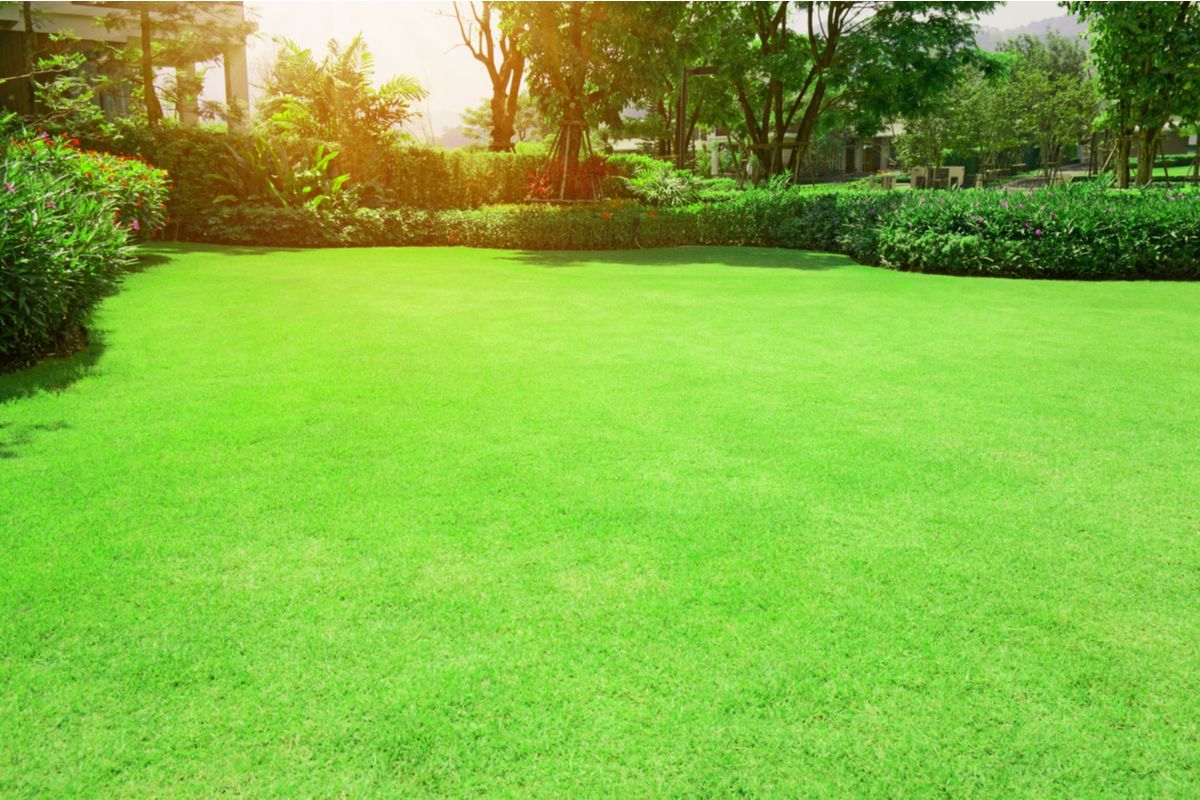
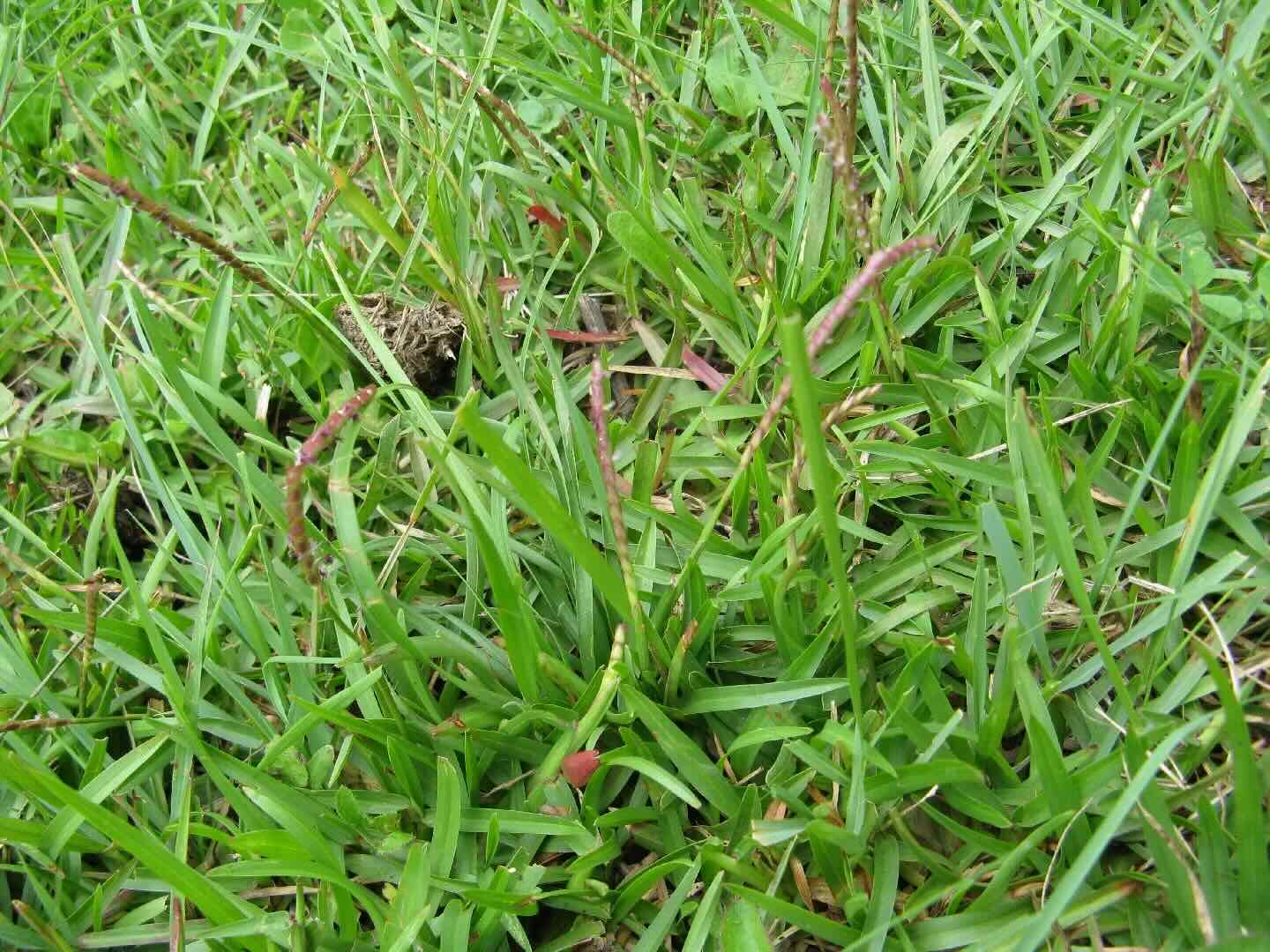
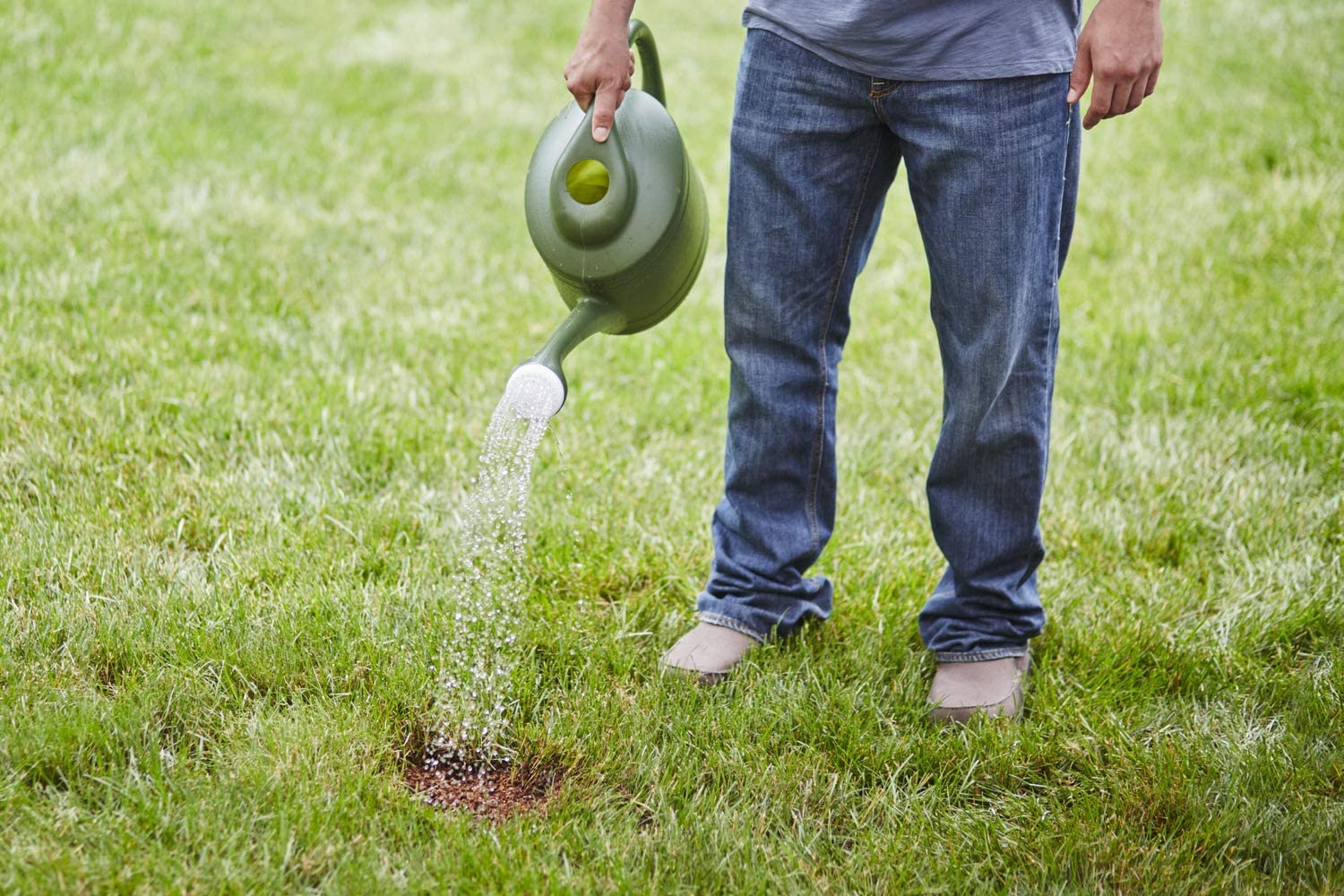
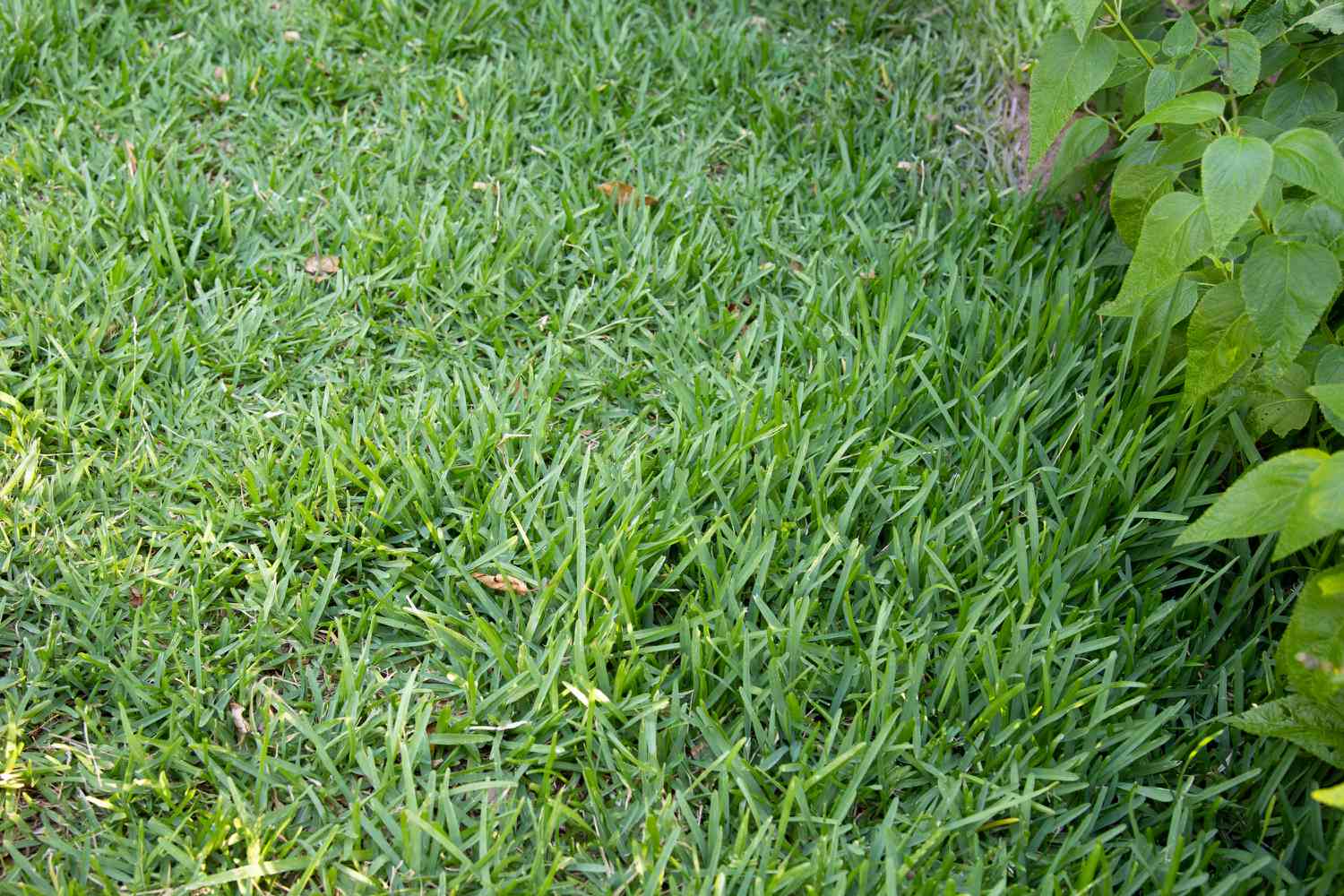
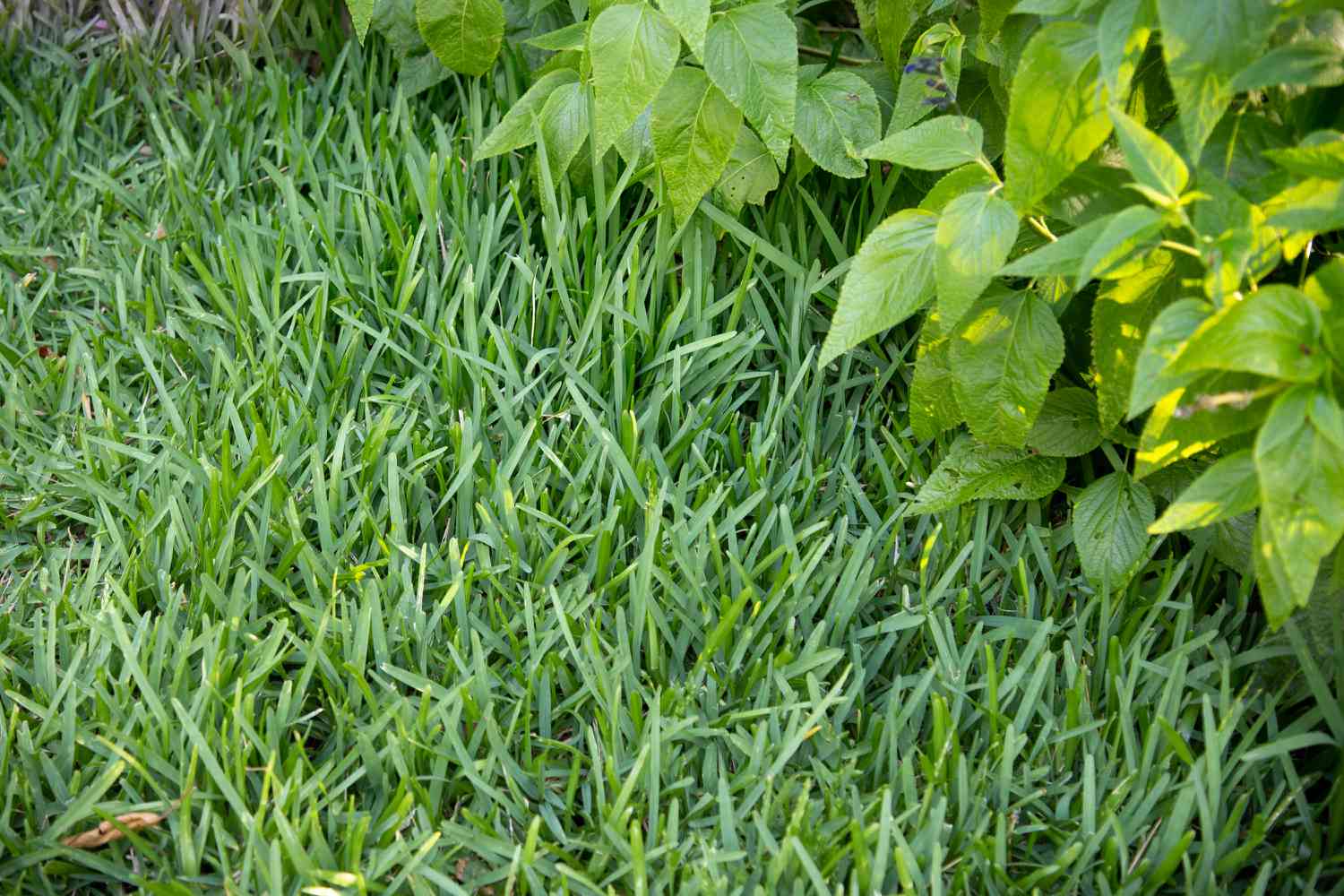
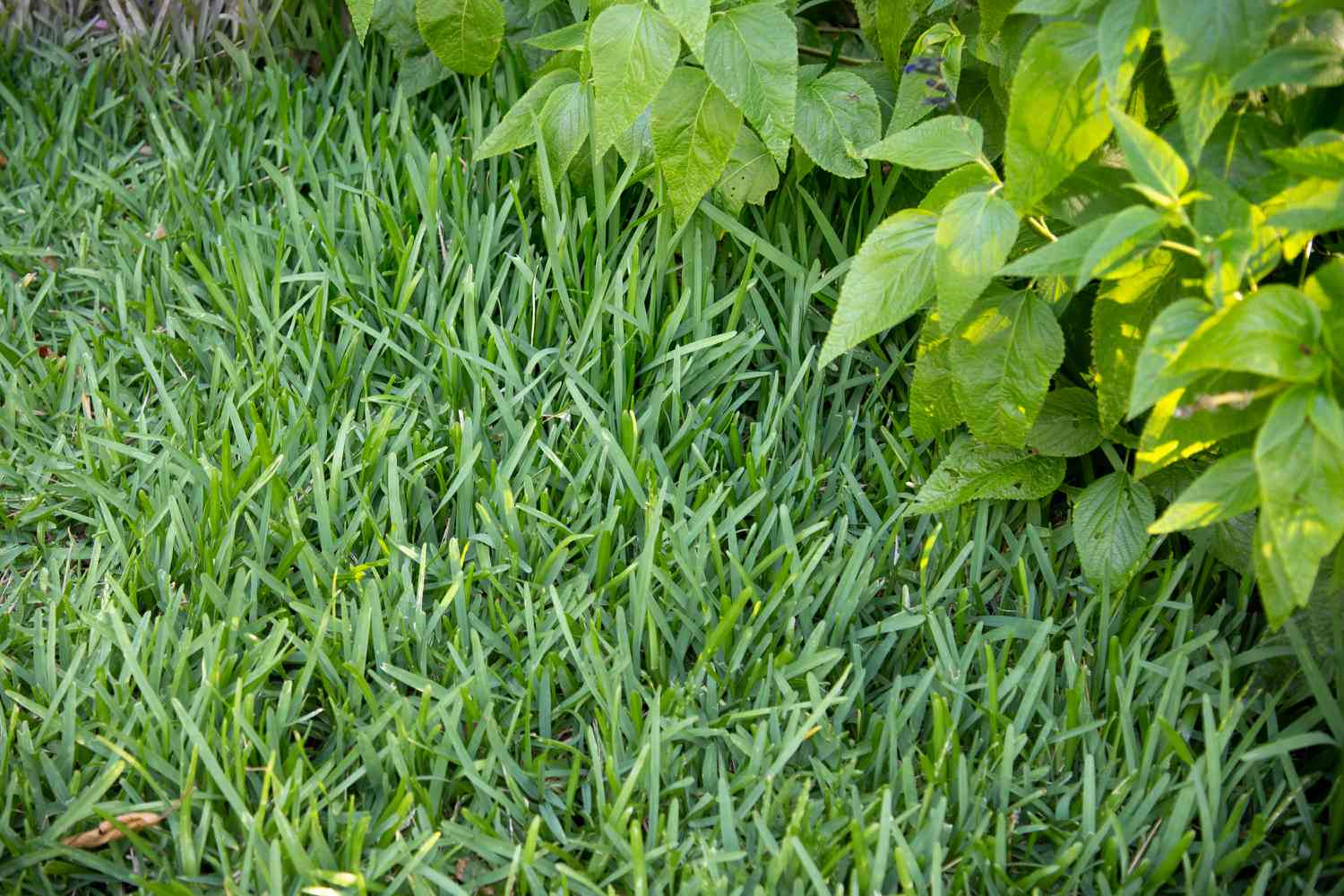
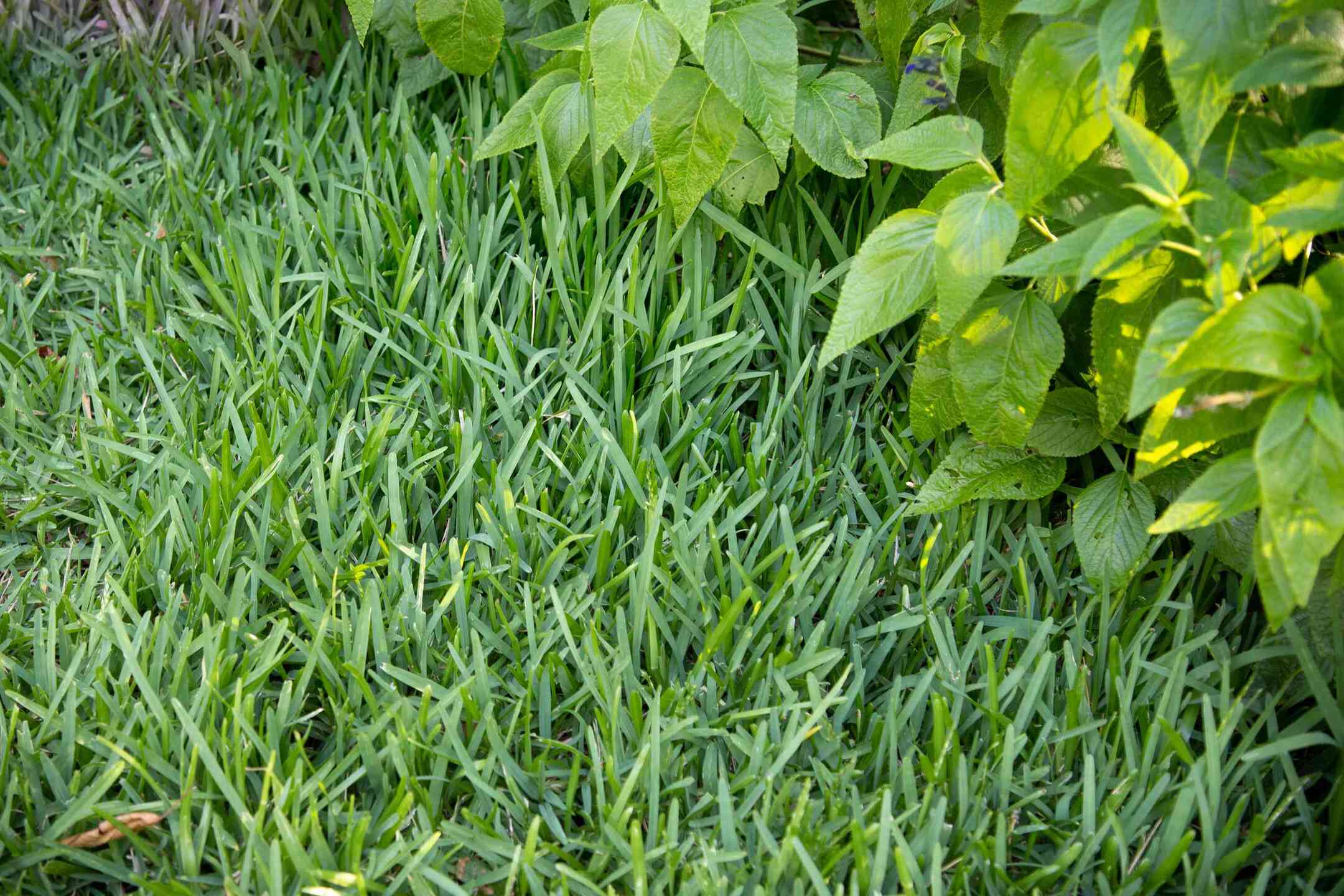
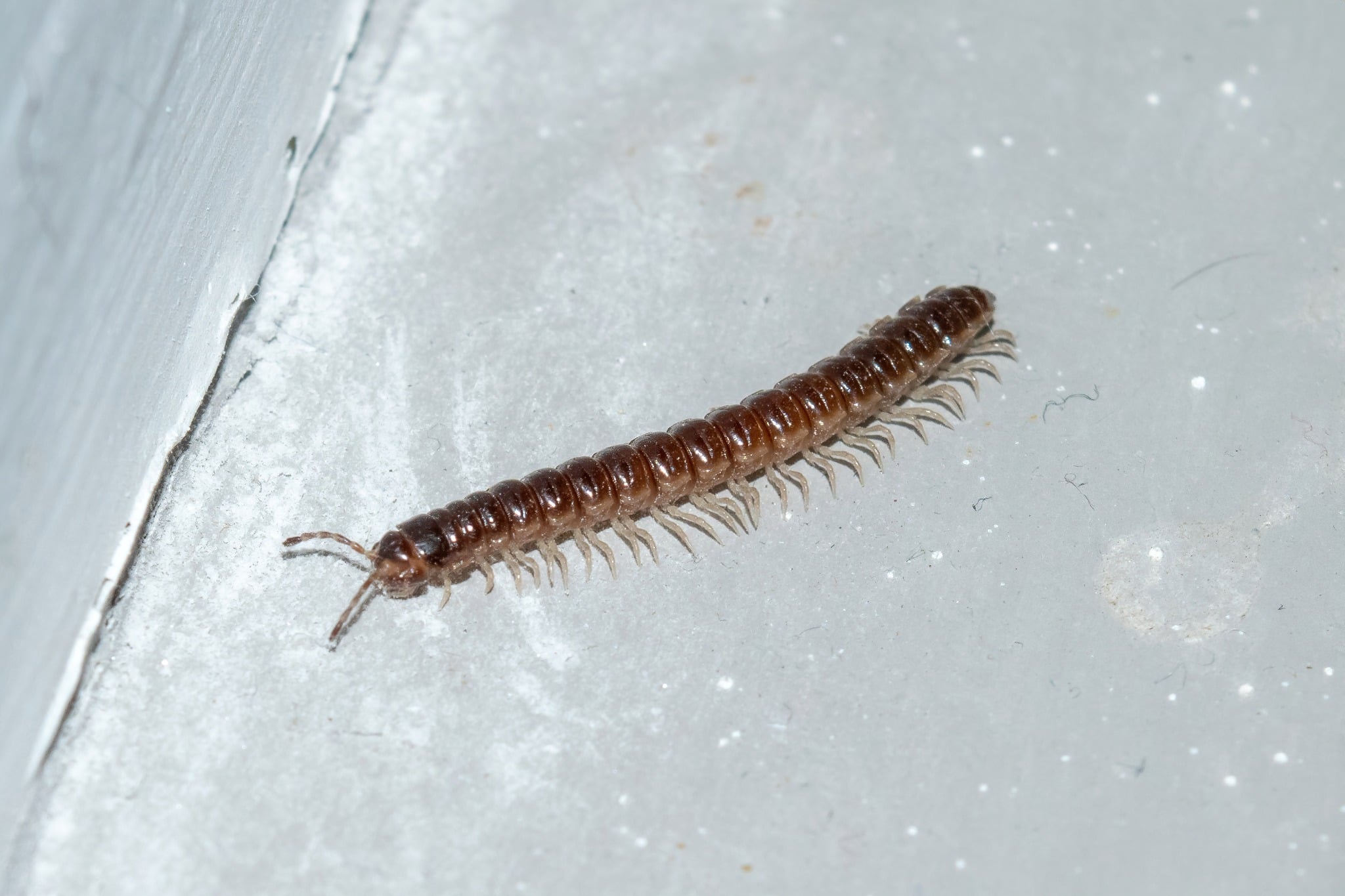
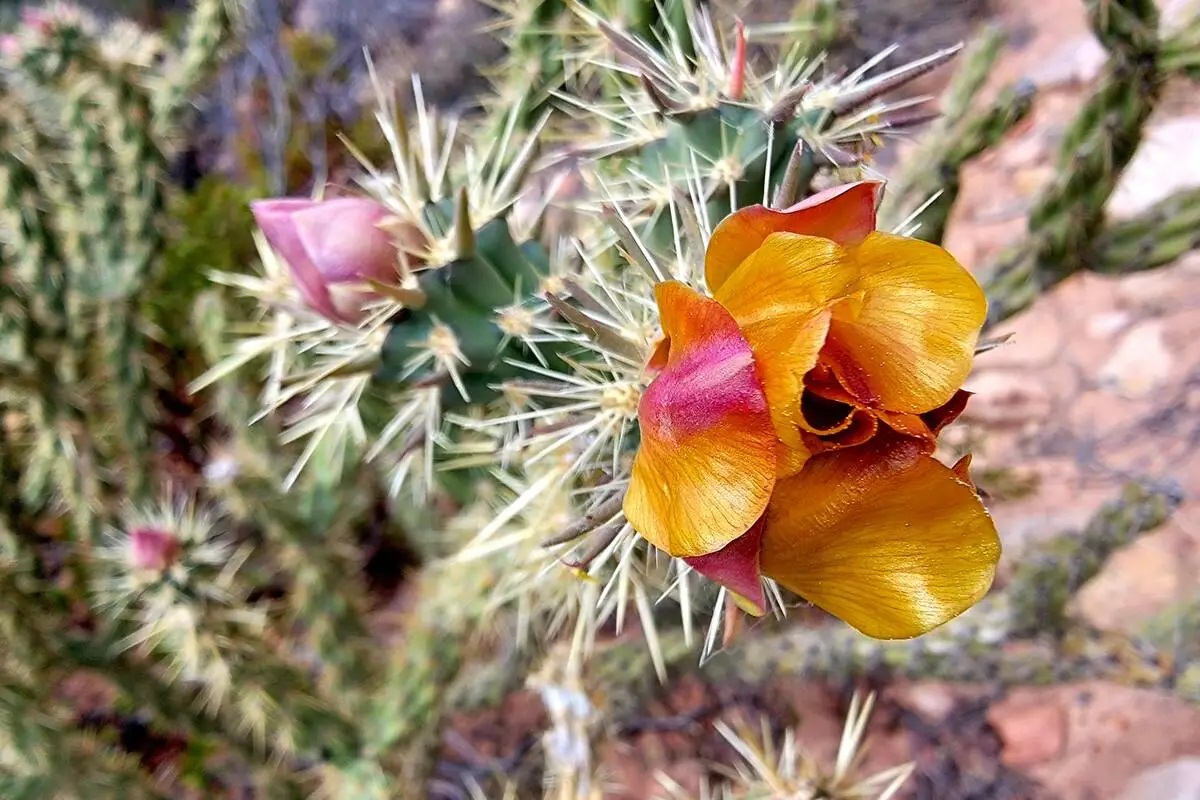
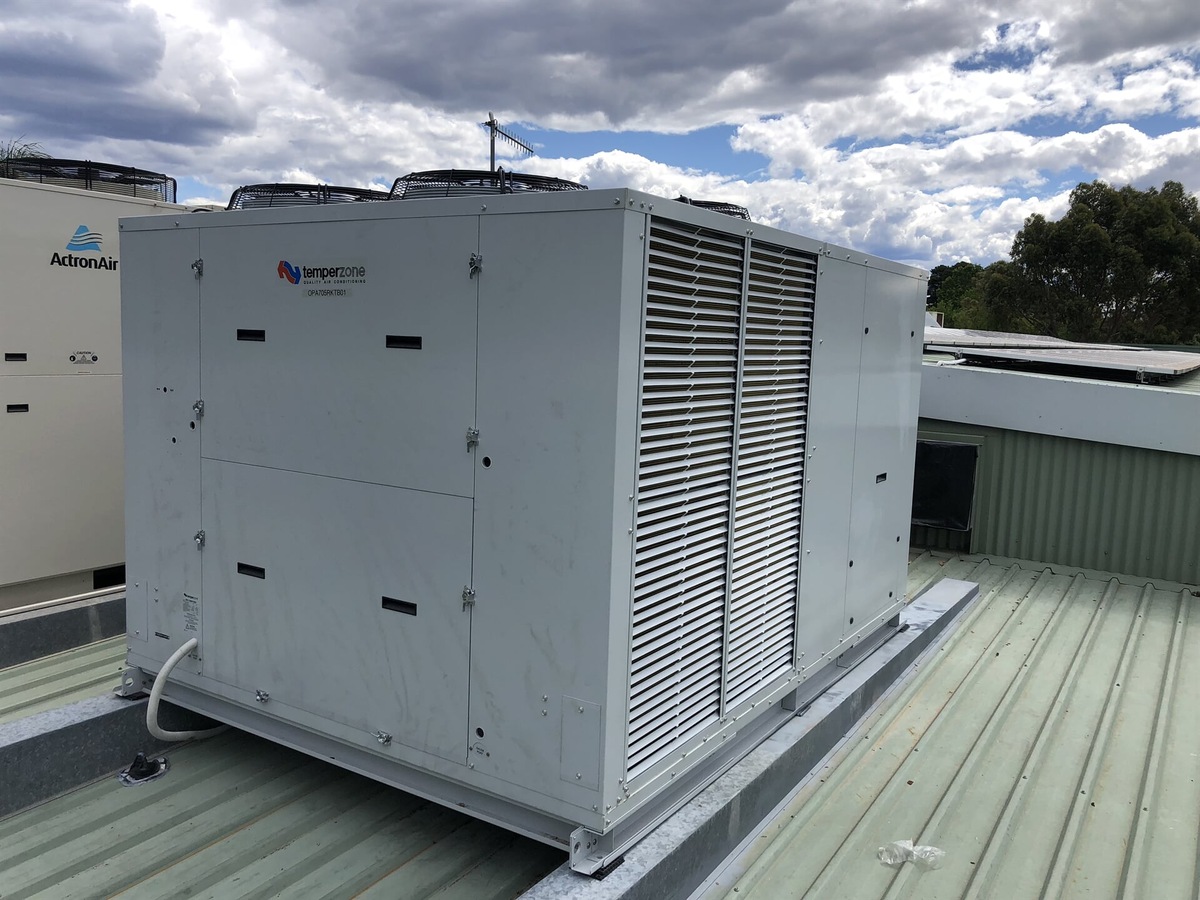

0 thoughts on “Caring For Centipede Grass In Southern Climates”